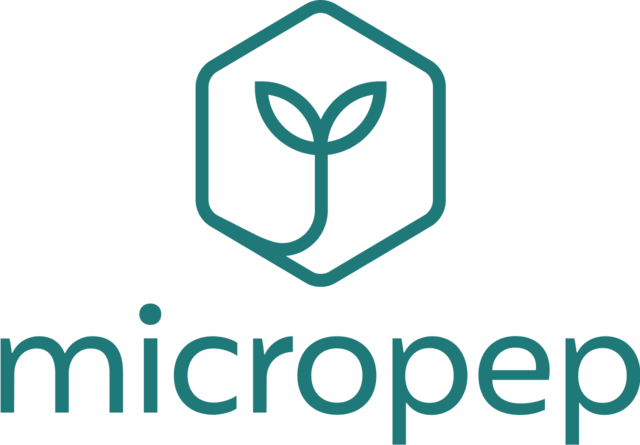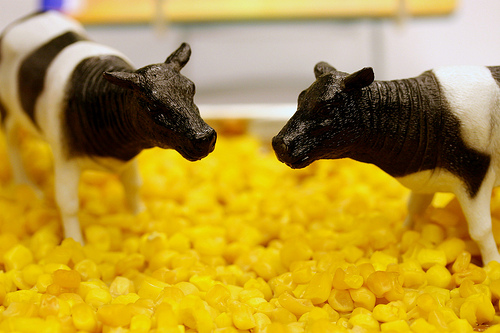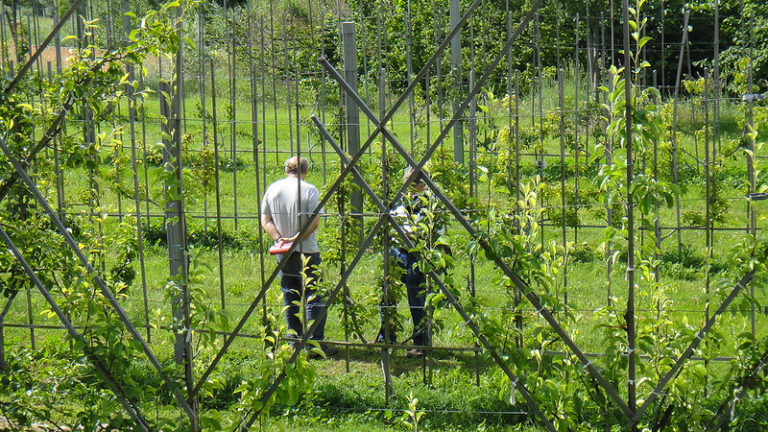Actualités
New GMOs: the European Commission in no hurry to act

The judgment of the Court of Justice of the European Union of July 25th does not particularly disturb the European Commission. In its view, it’s up to the Member states to implement the ruling and initiate exchanges on potential difficulties they face. A quite simple analysis but partly deficient. Explanations.
On July 2018 the 25th, the Court of Justice of the European Union ruled that only GMOs “obtained by means of techniques/methods of mutagenesis which have conventionally been used in a number of applications and have a long safety record” are excluded from the scope of directive 2001/18. The organisms obtained through the use of a new technique of genetic modification giving rise to one or several mutations must therefore be considered and regulated as GMOs. Has this ruling, which is immediately applicable, already been enforced?
Regulating new GMOs like transgenic ones
During the Standing Committee on Plants, Animals, Food and Feed which took place on September 11th, the Member states and the European Commission discussed the ruling. Interviewed by Inf’OGM, the European Commission explained that it is “carefully analysing the ruling” and announced other talks would take place in October. But things went a bit further on September 11th. According to a EU source, the Commission told the Member states that it considers it has nothing particular to do for the moment: in the Commission’s opinion, it is now up to Member states to implement the court ruling at all levels and to be more specific on what they expect from the Commission.
Theoretically, companies wanting to commercialise a GMO obtained through one or several regulated techniques of genetic modification must follow the classic procedure defined by the European legislation (Directive 2001/18, regulations 1829/2003 and 1830/2003…). A procedure which requires to submit an application file in a Member state. This application file enables the assessment of potential risks related to the GMO (in a more or less reliable way), based on experimental data provided by the company. It also enables to have a method of detection and traceability provided by the company and validated by the European Union in order to trace this GMO. A post-market environmental monitoring plan is also provided. The European Union then decides to authorise or not the commercialisation of this GMO. And in case of authorisation, all food and feed products containing or produced from this GMO – with the exception of products from animals fed with it – must be labelled as “GMO”. Member states are in charge of annually controlling the conformity of products commercialised on their territory.
The Commission does not provide tools necessary to control the ruling implementation
But if the European Commission sticks to its position, it takes the risk to show a reckless faith on the one hand and to not fulfil its mission on the other hand. Because the entire system lies on the general principle that companies will not commercialise GMOs without going through the mandatory approval procedure.
Following the CJUE’s ruling, a first step is therefore to make sure that all Member states decide together in a harmonised way, and not individually, that one mutagenesis technique or another has indeed “conventionally been used in a number of applications” with “a long safety record” and that it therefore produces GMOs exempted from the European legislation’s scope. If nothing is done, such a harmonised approach might not occur.
Additionally, the European system and its labelling requirement are based on the Member states’ ability to control the products on their territory. Since 2007 and the first debates on the new techniques, no work has been done on methods of detection and traceability of new GMOs. This is however a prerequisite in order not only to detect the GMOs not declared by the companies and but also to validate the methods provided by the companies in order to ensure that they indeed enable the detection and distinction of the GMO and that Member states can use them when controlling products. In 2017, the European Commission has even refused the European Network of GMO Laboratories (ENGL, in charge of the validation) should work on this issue.
As of today, Member states don’t have common and validated methods of detection. The European Commission has a role to play in this field as its role is to ensure that all Member states work with the same methods of control. It is to be noticed that in France, the Ministry of agriculture, Stéphane Travert, declared having “asked for a scientific and technical support on methods of detection to the national laboratory of plant health […], one of the national reference laboratory on GMO detection”, adding that “those questions will need to be addressed at the European level” [1]. The ENGL has not answered in details the questions sent by Inf’OGM.
If tomorrow, a company considers cheating by commercialising a GMO obtained through the use of one of the new techniques of mutagenesis without authorisation, what would be the consequences on the intra-Community exchanges when national laboratories of two Member states do not use the same method and obtain different results?
On February 2018, the European Commission told the ENGL’s experts that following the CJEU’s ruling, “the options [would include] re-opening the current legislation or developing a specific legislation to deal with such products” [2]. Regulating those products as GMOs falling under the scope of the legislation was then not listed as an option… If its approach seems to have changed, at least formally, the implementation as proposed by the European Commission might however raise concerns about possible illegal commercialisation of GMOs, until the European Union provides harmonised detection methods…
[2] ENGL meeting of 20-21 February 2018, http://gmo-crl.jrc.ec.europa.eu/ENGL/docs/ENGL-SC-34.pdf















